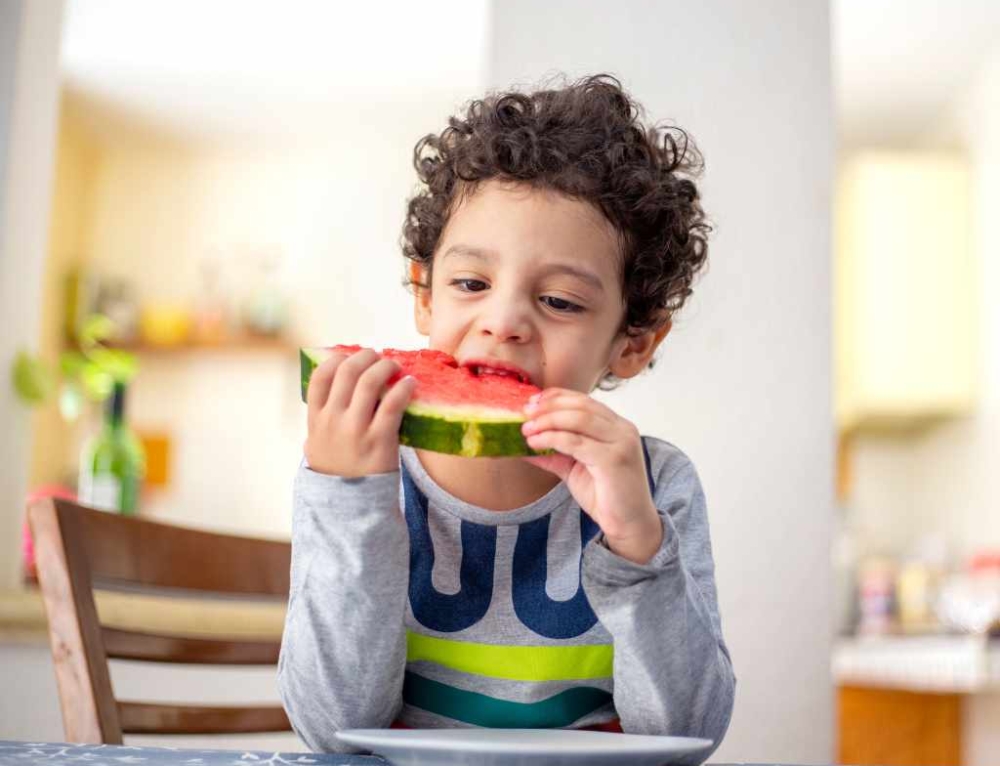Risk is everywhere. It is inescapable. Every day our children experience potential danger situations. They catch a bus to school, ride their bike to the park, surf the Internet or simply jump on a trampoline.
In our communities there seems to be a growing focus on cocooning our kids. Out of concern, we want to insulate them from the risks that might harm them. We don’t want to see our children injured or suffering harmful psychological damage. But our children need challenge, stimulation, and novelty to develop normally, both physically and mentally.
So how do we teach our children about the risks life presents without making them too scared to cross the road?
Research tells us that our children need to be exposed to risks so they can grow. But the way we tell them – and protect them – matters. If we scare them they may become too afraid to try things, which undermines their wellbeing.
The following five-step plan will help you keep your kids aware and thinking by pre-arming them without making them scared:
Step 1 – Identify concerns
Tell your kids why you’re worried. You might say:
- “When you go to the park I get concerned”
- “When you play on the side of the road, I worry about you”
- “When you lock yourself in your room with your computer, warning flags go up in my head”.
Step 2 – Invite awareness
Once you have told your children that you are worried, ask them why they think you have concerns. This gets them thinking, and focuses them on your perspective. They may have no idea at all. Or they may say:
- “You’re worried that a stranger might grab me”
- “You think a car might hit me”
- “You think I’m doing stuff on the computer that is against the rules”.
Step 3 – Problem solve together
Once your children can recognise your fears, invite problem solving. Ask them what they think you can all do so you know they’re safe. This is effective for several reasons.
- It shows that fears can be overcome with logical, creative solutions.
- It demonstrates that you believe in your children’s capacity to generate some answers to challenging situations.
- When kids are involved in the problem solving, they are more likely to internalise the boundaries that are developed and stick to them.
Step 4 – Provide comfort
Some years ago I walked one of my daughters through these steps. I asked my seven-year-old to identify why I didn’t want her going to the park alone. She recognised the potential dangers. We developed solutions. During the course of our conversation I mentioned that I loved her dearly, and didn’t want bad things to happen. I told her, with nearly zero detail, about Daniel Morcombe, the young boy who tragically disappeared from a roadside.
Then she started crying. Rather than giving limits, I had scared my girl. At this point I had to hug her and make her feel safe. We talked about her emotions. We discussed how important she was. And we revisited the rules and learning we had just talked through. It took a while, but she calmed down, felt safe, understood the rules and let go of the fear because she knew we would always be with her at the park.
Step 5 – Model it
In both our words and our actions we need to model that we are not afraid of bad things happening. We do this by saying “yes” to our children’s desires for adventure, exploration and satisfying curiosity as much as we can, and revisiting the rules where necessary.
Our confidence and willingness to let our kids be kids who love adventures and play, tempered with appropriate caution, is the best way to teach our kids to be safe without being scared. Effective, kind communication that invites perspective and responsibility will help them explore their great outdoors in ways that make them happy and that we can feel good about.







Leave A Comment
You must be logged in to post a comment.